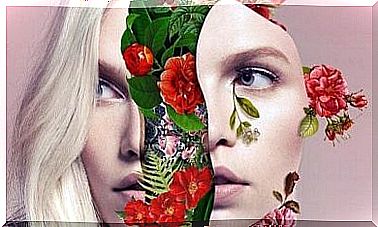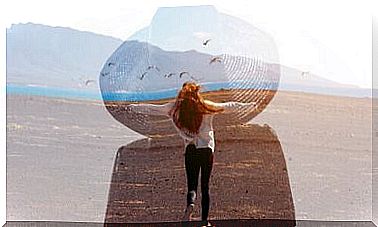Benefits Of Coloring Mandalas
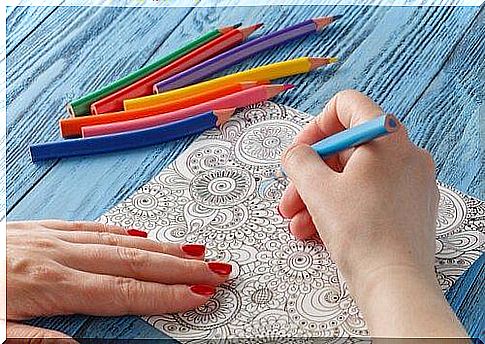
Coloring mandalas gives us the opportunity to develop our attention span and achieve a greater state of relaxation, whatever our age. Today, we can find a large number of coloring books for adults in bookstores. This is a growing trend that has become a phenomenon in the publishing industry.
During childhood, we have a lot of leisure activities whose sole purpose is to have fun or entertain. But as we grow older, we have more responsibilities and begin to use phrases like “I don’t have time.” This prevents us from enjoying fun activities in our daily lives. This makes us stress more, as we don’t usually allow ourselves to detach ourselves.
When we were kids, we spent many hours with our crayons, creating drawings of our favorite characters, landscapes, or even our imaginations. We drew the result without judging, focusing entirely on the enjoyment of coloring.
Because of the benefits of engaging in this activity, many art therapists design mandala coloring books for adults because they are aware of the many special benefits of these. Coloring these geometric drawings helps to relieve stress, achieve a state of calm, focus on the present, and most importantly, unite with ourselves.
When we color mandalas, we illuminate within ourselves an area that has hitherto been hidden from us. Through this journey, we allow our unconscious wisdom to spread its wings.
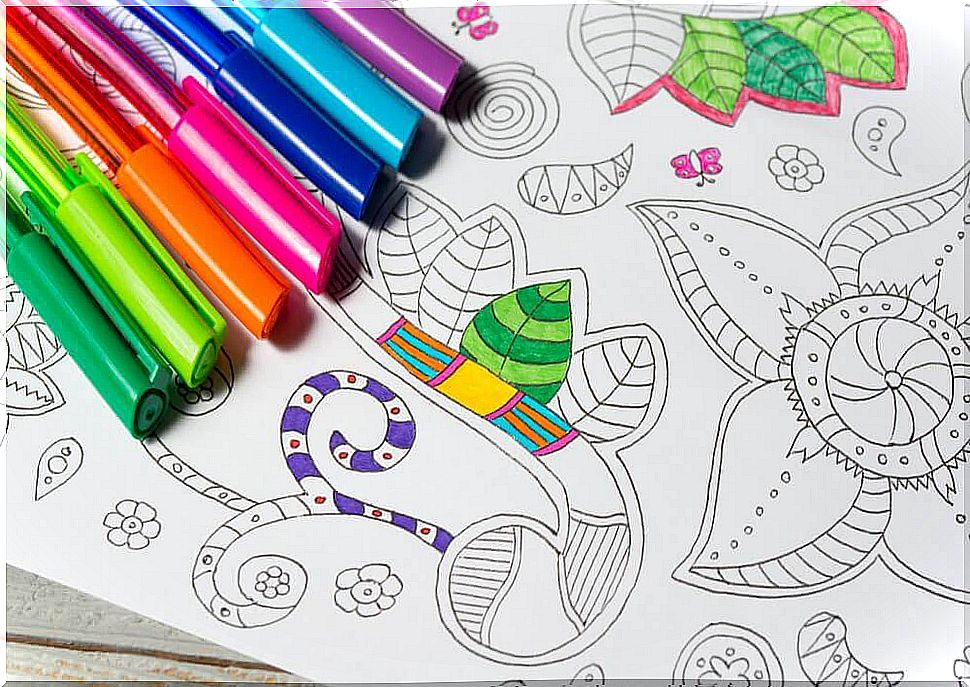
Mandalas and their history
Mandalas are versatile geometric patterns. Their origin is from India, and their literal translation means “holy circle”. They are symbols of repentance, health, union, and integration.
In many cultures, drawing and coloring mandalas are spiritual rituals that provide “inner enlightenment”. But for Carl Jung, one of the most important psychiatrists in history, these wandering patterns provided healing effects that gave peace and serenity.
Mandalas can vary in coloring and design. However, they are formed in the center, which has shapes in four different main air directions. Because of this, it is believed that they can represent the totality of our being on a psychological level. According to the proponents of this exercise, each person responds to these mandalas instinctively, regardless of their age, gender, skin color, and culture.
The magic of mandalas, in addition to their therapeutic powers, involves letting go of self through unconsciousness without worrying about the outcome of the drawing. That is, it is not judged whether the end result becomes ugly or beautiful… we just have to be present and focus, with the freedom to color as we wish.
Coloring mandalas is not for kids
Coloring is usually an activity associated with childhood. When we become adults, we no longer use crayons and markers. But this pastime can still be really helpful. Not only because it creates a feeling of well-being and serenity, but also because it stimulates certain areas of the brain that have to do with motor skills, senses and creativity.
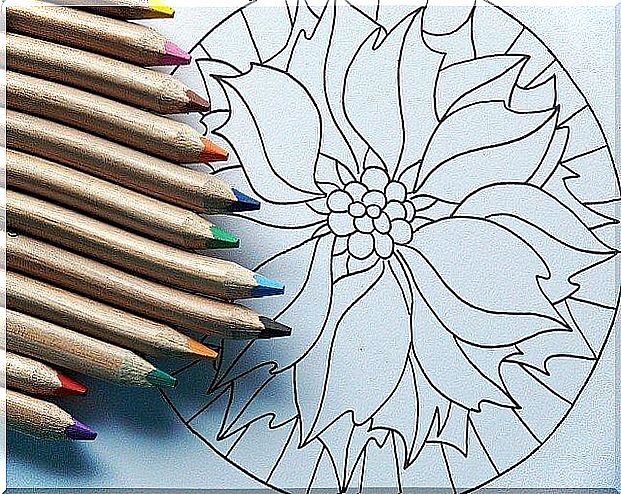
No matter what we have learned about art and coloring, there is no right or wrong way to color. One of the very positive aspects of painting and coloring is that it’s really easy for all of us.
In this way, coloring can be considered meditation in itself. It helps us focus our thoughts on the activity we do and connect with our creativity. Everything around us evaporates, and we just focus on drawing and coloring.
Many studies have shown the positive effects of coloring mandalas on the human psyche. Psychologists and art therapists recommend this activity and some of them even practice it, experiencing its benefits in the first place. Because of this, adult coloring books are bestsellers.
It’s also good to know that coloring can help us reunite with our inner child. If we feel that we need more help managing stress or anxiety, we must not hesitate to give it a chance.

